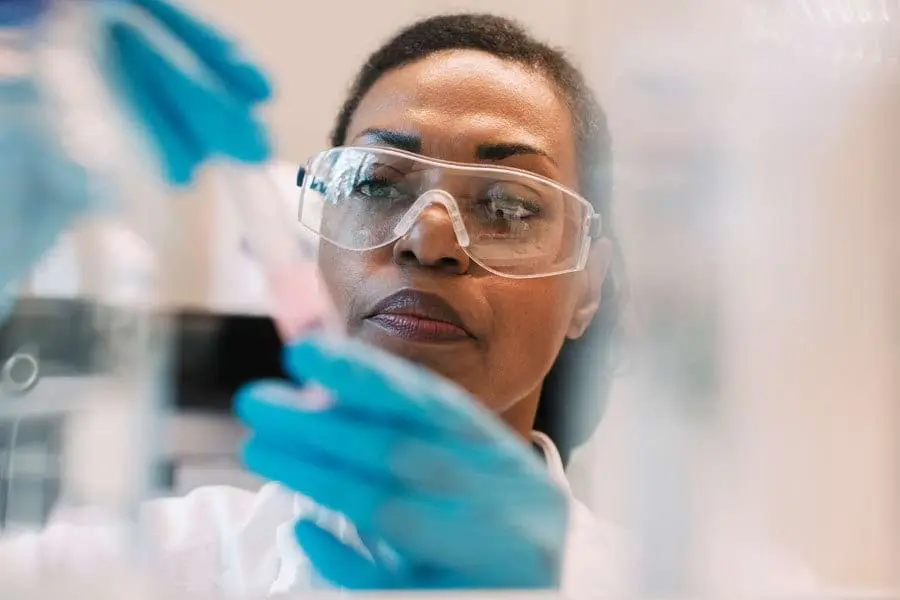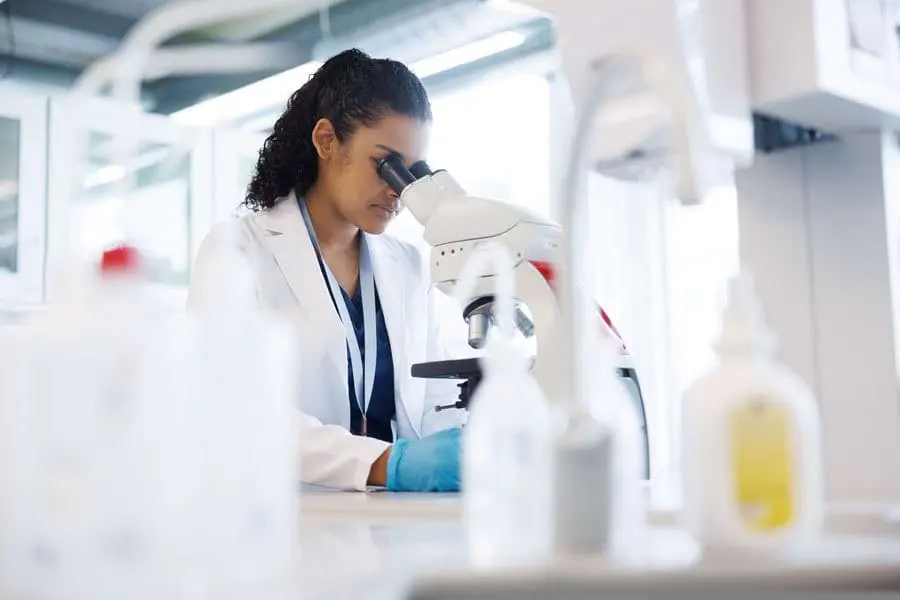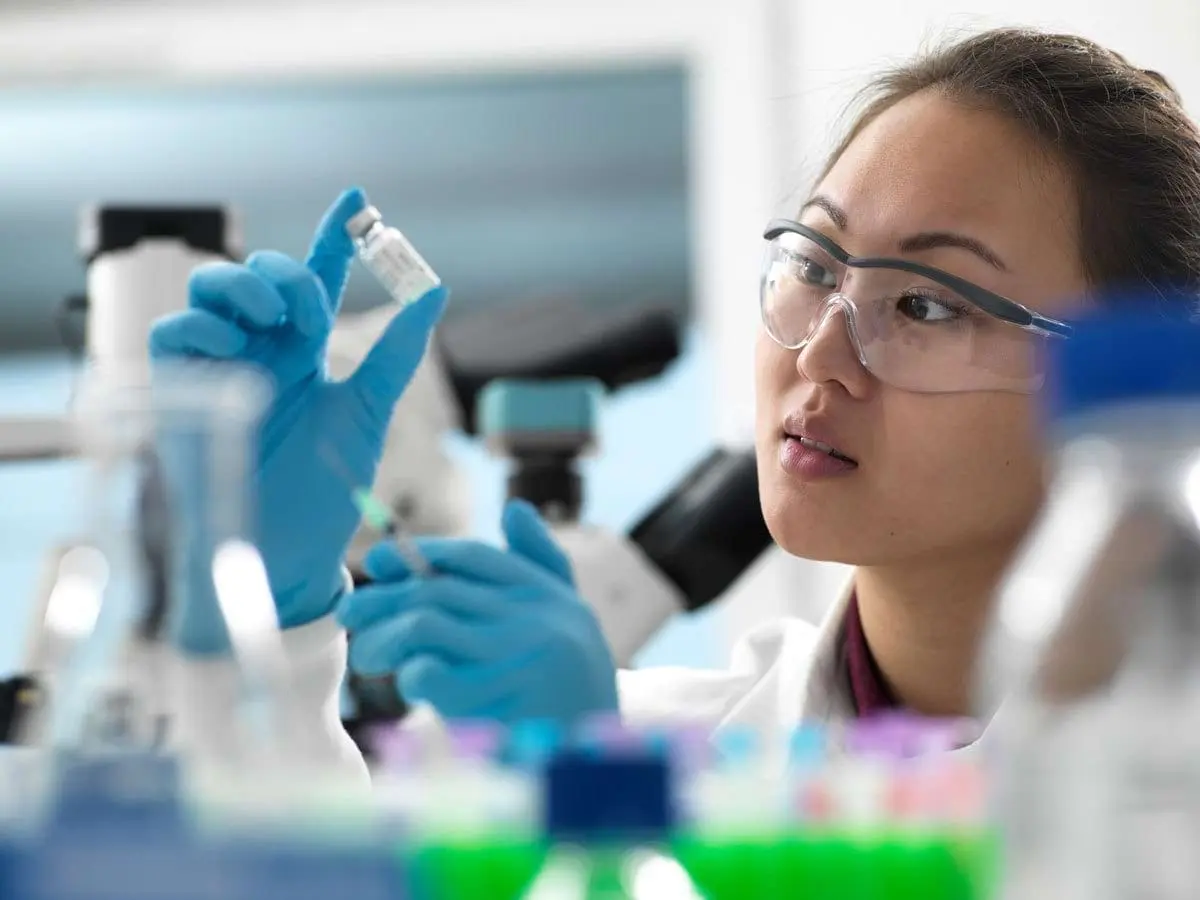The HHS DOT mirror drug test is a urine-based drug test that screens for commonly abused drugs. Also known as the HHS Mirror 30C7 drug test, it is named after the Department of Health and Human Services (HHS) drug testing guidelines. If an employer is regulated by the U.S. Department of Transportation (DOT), then its drug testing policy must “mirror” HHS rules.
HHS DOT mirror drug tests ensure the safety of employees in safety-sensitive transportation positions, such as truck and commercial motor vehicle (CMV) drivers – as well as the wider public.
In this blog, we explore what the HHS DOT mirror drug test is, its importance, what’s involved, how you can prepare for the test, and the legal and professional ramifications of your test result.
Table of Contents
Unveiling the Concept: What is an HHS DOT Mirror Drug Test?
In 2014, the HHS’s Substance Abuse and Mental Health Services Administration (SAMHSA) established mandatory guidelines for federal workplace drug testing programs as well as standards for the certification of laboratories engaged in urine drug testing.
Although intended as a guideline for the federal workplace, organizations that are regulated by the DOT have also adopted HHS guidelines as the basis of DOT drug screening programs. These programs screen safety-sensitive employees in industries such as aviation, trucking, railroads, mass transit, pipelines, and other transportation industries.
The Basics of an HHS DOT Mirror Drug Test

The HHS DOT mirror drug test is a urine-based drug test that screens for five drugs:
- Amphetamines
- Cocaine
- Opiates
- Phencyclidine (PCP)
- Marijuana
(Although employers can request additional substances to be detected, including synthetic stimulants like MDMA, aka “ecstasy”).
To detect and confirm the presence of drugs in urine samples, the HHS DOT mirror drug test follows a two-step process:
- Initial test: The first test can detect the presence of each of the above five drugs in urine.
- Confirmatory test: The second screening is more specific and uses gas chromatography/mass spectrometry (GC/MS) to confirm a positive result.
At this time, urine is the only specimen allowed for HHS DOT mirror drug testing.
The test is carried out by a certified technician at an HHS-certified laboratory (rapid, instant, or point-of-contact tests are not permitted). Test results are reviewed by a Medical Review Officer (MRO).
If the result is found to be positive, adulterated, substituted, and/or invalid, the MRO will contact you and inform you of the result.
Importance and Applications of the HHS Mirror Drug Test

The HHS mirror drug test is a crucial screening tool that examines individuals in safety-sensitive roles, such as CMV drivers, air traffic controllers, flight crew, and locomotive drivers. It offers several advantages, including:
- Reduced probability of transportation accidents.
- Enhanced safety for both employees and the general public.
- Acts as a deterrent against drug usage, fostering a more responsible workforce.
- Promotes a drug-free work environment and ensures employer compliance with DOT Federal Motor Carrier Safety Administration (FMCSA) drug testing regulations.
- Augmented public trust in the screened individuals and their respective industries.
To ensure that employees remain drug-free, regulations require that employers conduct DOT drug tests in the following circumstances:
- Pre-employment (as part of a DOT physical)
- Random
- Post-accident
- Return-to-duty
- Reasonable suspicion
- Follow-up testing
In addition to DOT-regulated workplaces, the HHS DOT mirror drug test has also been adopted by other safety-sensitive workplaces, such as the construction industry.
Procedure of the HHS DOT Mirror Drug Test

If you work in a safety-sensitive role or are applying for a safety-sensitive position in a DOT-regulated industry, DOT regulations require that you submit to a urine drug test in accordance with HHS guidelines. Here’s how you can prepare for the test and the legal consequences and ramifications of your test result.
Preparing for the Test
Here’s how you can prepare for a HHS DOT mirror drug test:
- Bring government issued photo ID to the collection site.
- Complete all relevant paperwork accurately.
- Drink plenty of water beforehand, but not too much to dilute your collection. The test requires 45 milliliters of urine. If you can’t produce a sufficient amount of urine, the collector is required to provide 40 oz of water to drink during the wait time up to three hours. Within the three hours, it will be up to the donor to inform the collector when they are ready for another chance to provide a sufficient amount of urine.
You have the right to produce the specimen in private unless the collector suspects you may substitute or tamper with your sample or you are being tested for return-to-work after a positive sample.
Once collected, the sample will be split between two bottles by the collector. All samples are sent to a HHS-certified lab for testing and review by an MRO.
It’s important to know that urine drug testing detection times only go back 5-7 days depending on the type of drug. To detect drug use beyond this period, your employer may order a hair follicle drug test.
Legal and Occupational Consequences
Failing a HHS DOT mirror drug test can lead to the following consequences:
- Ineligibility for employment in safety-sensitive positions if the test is failed during pre-employment screening or a physical examination.
- Immediate suspension from performing safety-sensitive duties. Employers must act to remove any employee from these duties upon receiving the initial report of a verified positive result. Following the suspension, you will need to undergo an evaluation by a DOT-qualified Substance Abuse Professional (SAP) and complete the return-to-duty process, which may include treatment, a follow-up test, and a final determination. Refusal to submit to a drug test can also result in removal from duties.
- The results of a failed DOT drug test will not appear on a criminal background check. However, positive test results and instances of refusal to test must be reported by employers or MROs to the appropriate regulatory body such as the Federal Aviation Administration or DOT/Federal Motor Carrier Safety Administration (FMCSA). In the case of the FMCSA, violations will be listed on the federal Drug and Alcohol Clearinghouse for a period of five years. This database can be accessed by prospective employers seeking screening information about job applicants.
If you suspect a false positive result, under HHS guidelines, you may request testing of a second specimen at a separate HHS-certified laboratory within 72 hours of the positive result.
You will also be given the opportunity to provide a medical explanation of the result (such as the use of medical marijuana). If the MRO is concerned about specific prescription drug use, you must work with your physician to address any concerns.
What is a HHS DOT Mirror Drug Test: FAQ
What is the difference between normal drug screening and DOT drug screening?
DOT drug screening refers to a form of drug test regulated by the DOT for safety-sensitive employees, such as truck drivers, train engineers, air traffic controllers, and flight crew. The test mirrors HHS guidelines for federal employee drug testing programs and is often referred to as the HHS DOT mirror drug test. DOT drug tests exclusively involve urine testing.
Normal drug screening, or non-DOT drug testing, is ordered by employers to maintain a safe, healthy, drug-free workplace. The policies and procedures for testing are usually set by the employer in accordance with state employment laws. Non-DOT drug testing can involve urine, oral fluid, or hair specimens.
What is a five-panel drug test?
A five-panel drug test refers to the five drugs tested for in accordance with HHS federal workplace drug testing guidelines. These guidelines have been adopted by the DOT as the basis of DOT urine drug tests. The five-panel test screens for the following drugs and their metabolites:
Marijuana
Cocaine
Amphetamines
Opioids
Phencyclidine (PCP)
How far back does a lab urine test detect drug use?
The detection time for a lab urine drug test varies depending on the type of drug being screened for, but they typically go as far back as 5-7 days.
To detect drug use further back in time, employers often perform a hair follicle drug test which provides an accurate and reliable indication of drug use during a 90-day window.
When is a DOT mirror drug test required?
Employers regulated by the DOT must conduct DOT mirror drug tests on safety-sensitive transportation employees in the following situations:
Pre-employment
Randomly
Post-accident
Return-to-duty
Reasonable suspicion
Follow-up testing
Who can perform a HHS DOT mirror drug test?
A HHS DOT mirror drug test is performed by a certified technician at a HHS-certified laboratory. Test results are reviewed by a Medical Review Officer (MRO).
Acuity’s extensive network of medical providers, collectors, and MROs and MROAs are trained and certified to conduct HHS DOT mirror drug urine tests.
The HHS DOT Mirror Drug Test: Final Thoughts and Insights
The HHS DOT mirror drug test is an important federal standard for drug screening employees in safety-sensitive roles. It helps ensure the safety of transportation workers and the public by keeping drug abusers out of the workplace – whether on the roads, the railroad, or in the air. It also keeps your employer out of trouble by helping them comply with DOT drug regulations.
Failing a HHS DOT mirror drug test can have a significant impact on your livelihood, especially if you work in aviation, trucking, railroads, mass transit, pipelines, and other transportation industries. You may be suspended, fired, or miss out on your next career opportunity. It’s a risk you can’t afford to take.
If you have questions or are looking to start or optimize your HHS DOT mirror drug testing program, contact us to learn more about how Acuity can help.
Learn more about Acuity Drug Testing Services.
